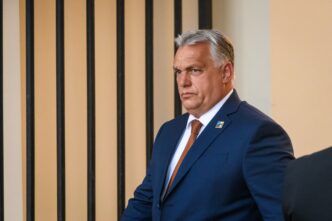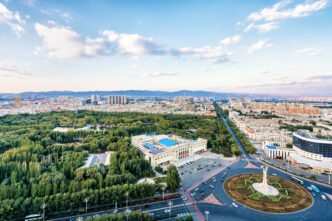Executive Summary
The Story So Far
Why This Matters
Who Thinks What?
The European Commission is actively considering countermeasures in response to China’s restrictions on rare earth exports, according to EU economy commissioner Valdis Dombrovskis. This development follows China’s continued tight control over rare earth shipments and expanded curbs announced earlier this month, despite a July agreement intended to expedite exports to Europe.
EU Response to Export Curbs
Dombrovskis stated in an interview with Handelsblatt that the Commission is “examining possible countermeasures if conditions do not improve,” though specific instruments have not yet been named. He also noted ongoing coordination with international partners, including discussions at the G7 finance ministers’ meeting in Washington.
EU trade chief Maros Sefcovic is scheduled to meet with Chinese authorities in the coming days to seek “urgent” solutions for rare earth exports. The EU’s concerns highlight the strategic importance of rare earths, which are critical for various high-tech industries.
Background on Rare Earths and EU-China Relations
Rare earths are a group of 17 metallic elements essential for manufacturing everything from electric vehicles and wind turbines to smartphones and military equipment. China currently dominates the global supply chain for these materials.
The EU has been seeking to diversify its rare earth supply and reduce reliance on China. The ongoing discussions and potential countermeasures underscore the growing tension in trade relations, as the EU aims to secure its access to critical raw materials.
Other EU Developments
In related news, EU countries have approved a 19th package of sanctions against Russia for its war against Ukraine. This package includes a ban on Russian liquefied natural gas (LNG) imports, as announced by the Danish rotating presidency of the EU.
Meanwhile, the United States is reportedly considering its own curbs on exports to China, specifically targeting products made with U.S. software. These separate but concurrent developments illustrate a broader trend of geopolitical and economic recalibration among major global powers.








